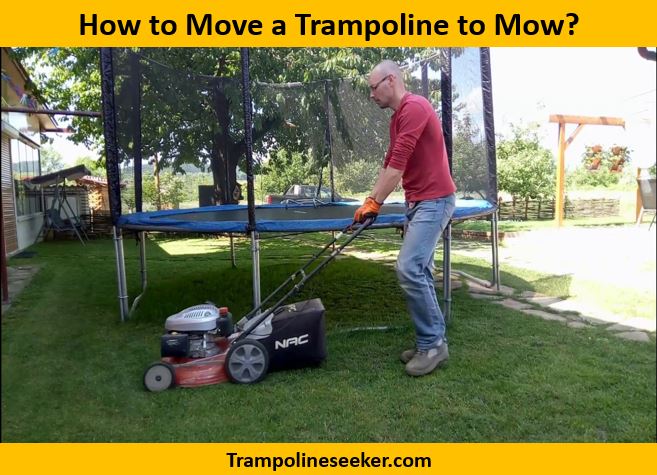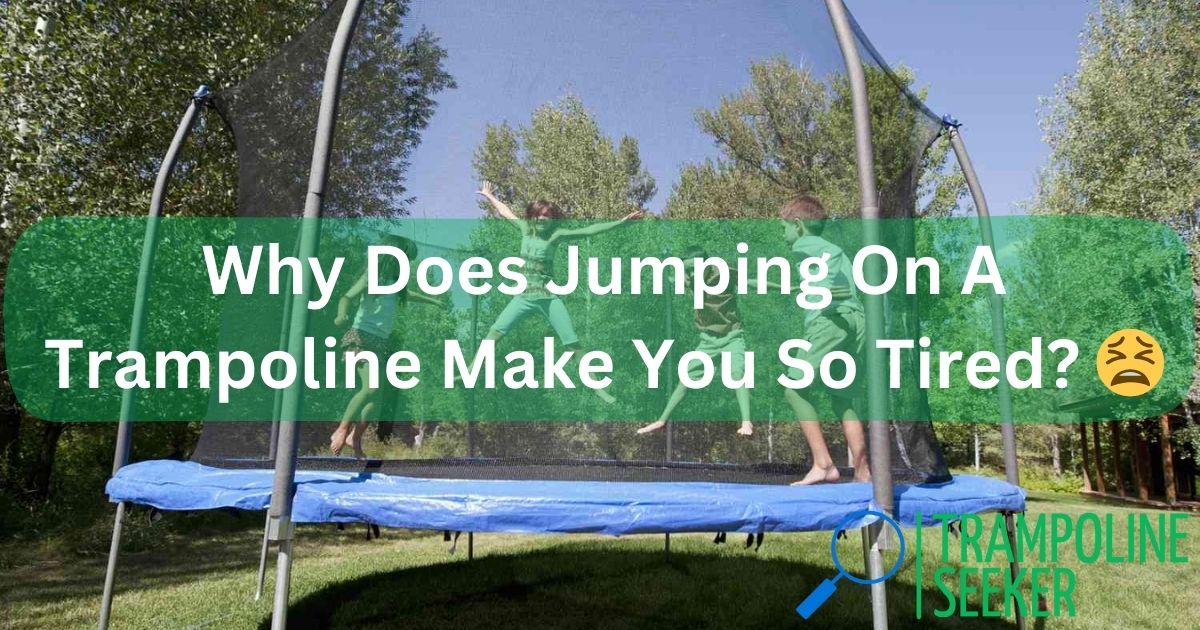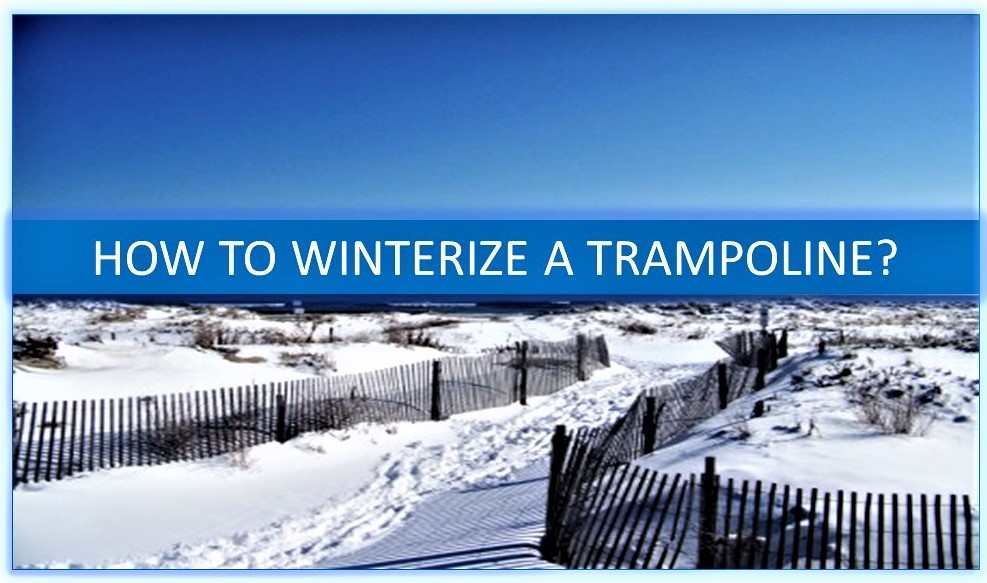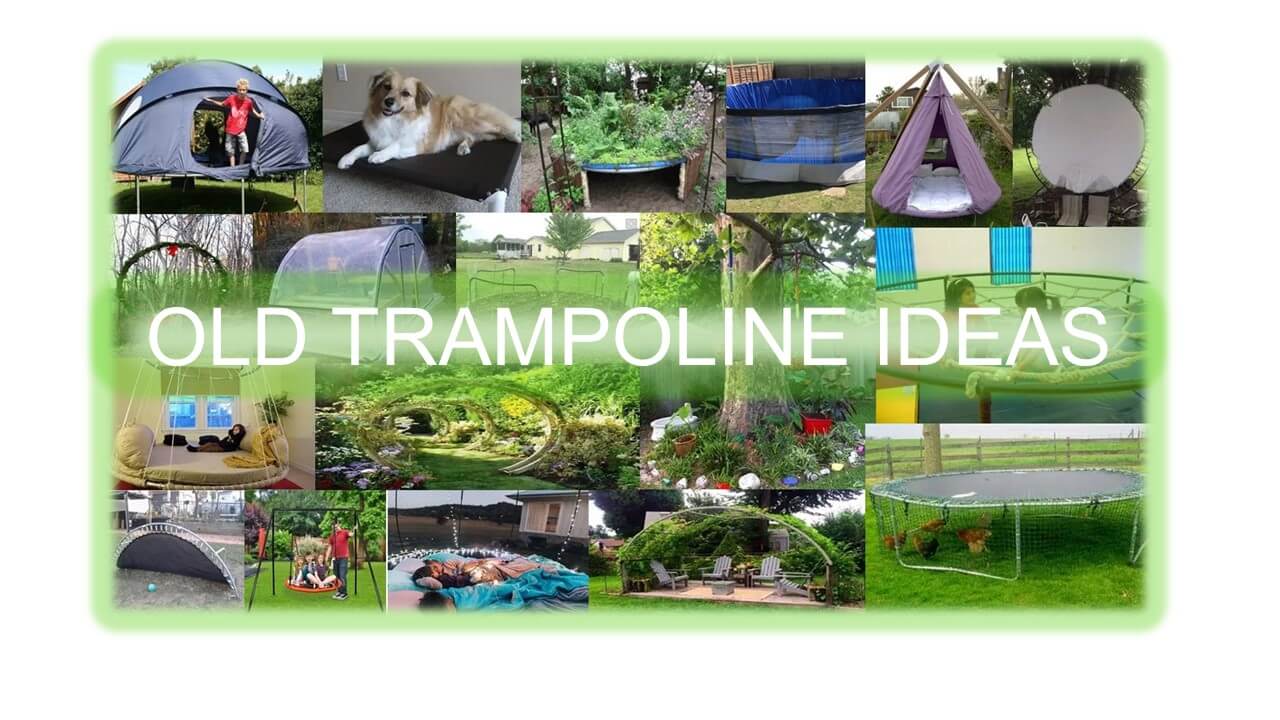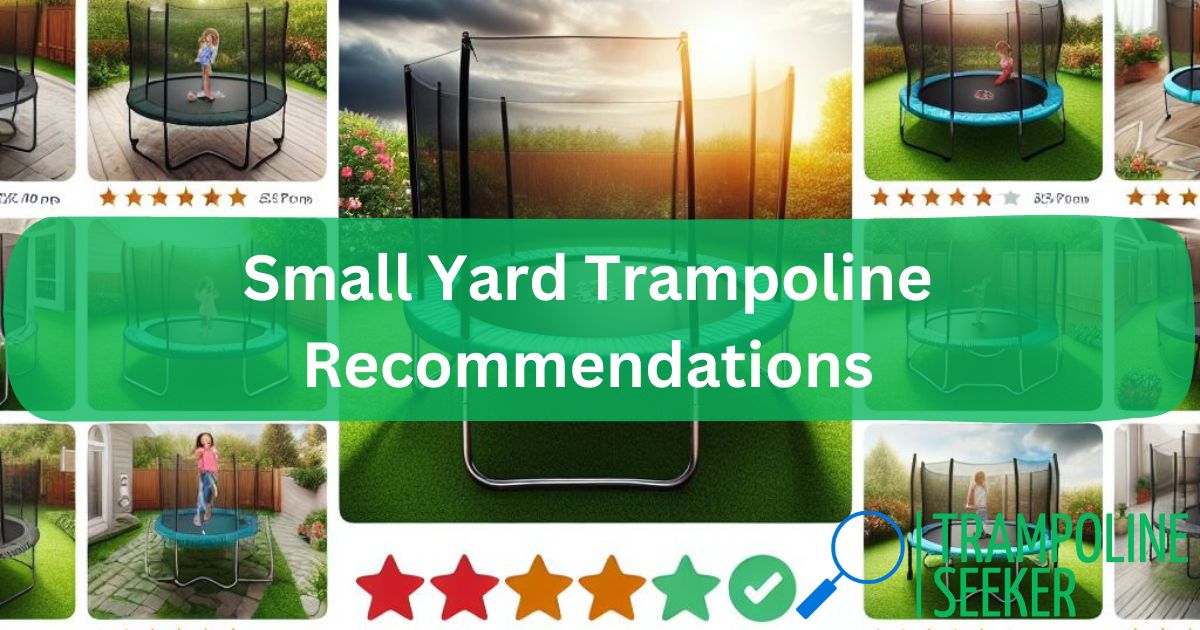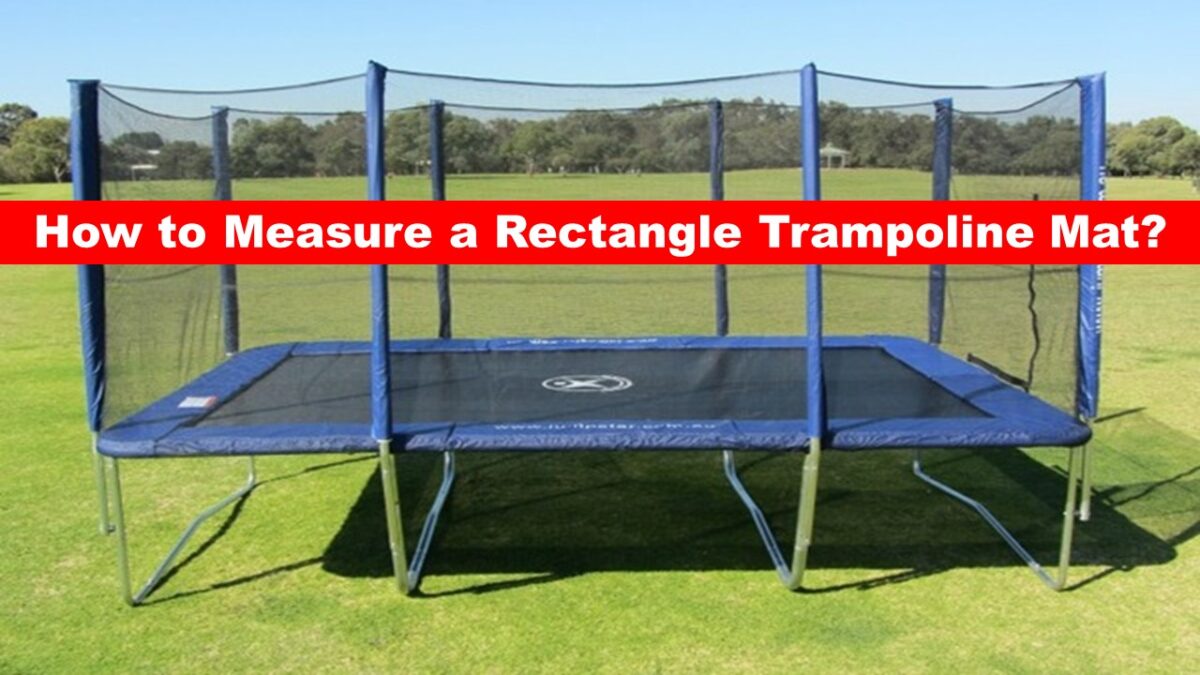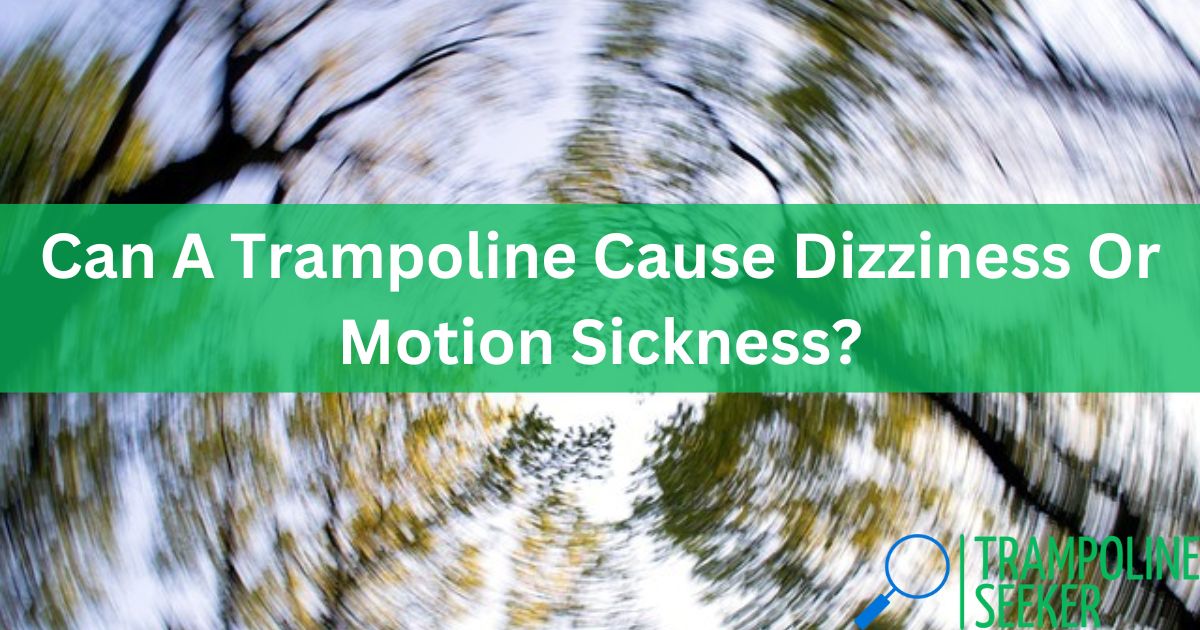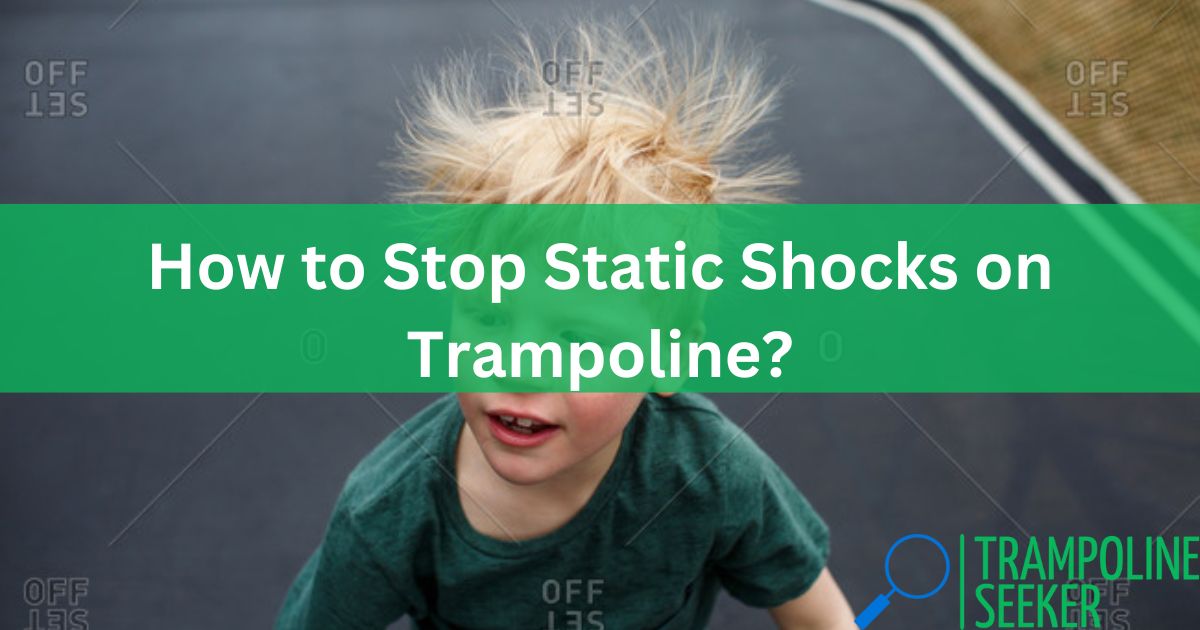Installing an in-ground trampoline in your backyard can provide endless hours of fun and exercise for the whole family. But when it comes to installing a large, quality trampoline like the 12’ Pro-Line Avyna In Ground Flat Line Trampoline, you have an important decision to make – hire professionals or do it yourself? Both options have their own sets of pros and cons that need to be weighed carefully.
The Benefits of Professional Installation
Hiring professional trampoline installers offers several important advantages that can make the process much smoother and give you greater peace of mind.
Experience and Expertise
Professional installation crews have extensive experience setting up all types and sizes of in-ground trampolines. They know all the proper techniques for digging, assembling, anchoring and padding the trampoline frame to ensure maximum safety and stability. As experts, professional installers are also familiar with any local regulations and codes for installing trampolines and can ensure your new trampoline is properly situated and constructed.
Access to Specialized Tools and Equipment
Professionals will arrive on site equipped with all the necessary digging and construction equipment needed to efficiently excavate the hole and prepare the trampoline site. This can include skid-steer loaders, mini-excavators, trenchers, electric augers and more. They will also have stakes, rebar, concrete and other materials needed for properly reinforcing and securing the trampoline frame in the ground.
Precise Installation
With professional equipment and skills, installers can excavate the trampoline pit to exact specifications and dimensions. This allows the 12’ frame and mat to fit perfectly for optimal bounce and safety. The frame can be leveled and positioned precisely before backfilling which helps prevent settling and sinking issues down the road.
Safety Netting and Accessories
Professional companies have experience properly installing all safety netting, entry systems, ladders, anchor kits and other accessories that come with high-end trampoline models. This expertise ensures everything is assembled and attached correctly for safety and full functionality.
Insurance Protection
Reputable professional installers carry liability insurance and workman’s compensation to protect homeowners against any potential damages or injuries during the installation process. This provides an added level of financial and legal protection.
Warranty Support
Many professional installers provide a warranty on their labor. This means if there are any issues with how the trampoline was installed, they will come back and fix it free of charge giving you added peace of mind.
The DIY In-Ground Trampoline Installation Process
For the ambitious do-it-yourselfer, installing an in-ground trampoline on your own is definitely achievable. Here is a general overview of the recommended DIY process:
Choose Site and Mark Boundaries
- Pick a flat, level area of your yard that has good drainage and allows ample clearance on all sides of the trampoline.
- Use spray paint or stakes to mark out the 14’ diameter space needed for the 12’ trampoline frame and excavation pit.
Excavate the Pit
- Remove grass and top soil within the marked boundaries to expose the subsoil beneath.
- Dig out the circular pit to a depth of 2-3 feet deep with sloped sides to allow the frame to sit below ground level.
- Make sure the bottom of the pit is completely level by checking depth around perimeter.
Install Retaining Wall
- Use concrete blocks, bricks, gravel bags or timber to create a retaining wall around the pit to reinforce the walls and prevent cave-ins when installing frame.
Prepare Base Material
- Fill bottom of pit with 6-12 inches of gravel, decomposed granite or paver base to create a non-shifting foundation for trampoline.
- Compact base material before installing frame.
Assemble Frame
- Place trampoline frame pieces in pit and assemble per manufacturer’s instructions, using provided hardware.
- Make sure frame is completely level before moving to next steps.
Secure Frame in Ground
- Anchor frame in pit by attaching provided steel stakes or rebar pieces into each frame leg, then driving into ground with sledgehammer.
Add Trampoline Mat
- Lay trampoline jumping mat inside frame and attach to springs with included hooks as per instructions.
- Attach safety net poles and enclosure net at this stage as well.
Backfill Around Frame
- Replace excavated soil around outside of frame, packing it down with a tamper to prevent settling.
Finish Surface Details
- Optional: Place sod, grass seed or mulch around edges of installed trampoline.
- Consider adding steps or built-in ladder for easy access.
The Pros of DIY Installation
While professional installation has some clear benefits, there are good reasons to consider doing it yourself as well:
Cost Savings
Professional installation can cost $1000 or more depending on site conditions and local rates. Doing it yourself allows you to put the money saved towards a higher quality trampoline rather than labor.
Learn Useful Skills
Completing a DIY install requires learning excavation, construction and assembly skills that can be applied to future projects around your home and yard. It’s a chance to gain hands-on experience and pick up new talents.
Customization Options
A DIY install allows you to modify certain steps to best suit your unique yard and vision for the finished trampoline space. You can get creative with retaining wall materials, site layout, landscaping and more.
Satisfaction of Personal Accomplishment
There is a tremendous sense of personal achievement and satisfaction gained by researching, planning and successfully executing the install project from start to finish on your own.
Ongoing Cost Savings
Gaining the knowledge and confidence to safely access and maintain your in-ground trampoline can save money on repairs and service calls over the full lifetime of your trampoline.
Potential Difficulties of DIY Installation
However, it’s important to carefully consider some of the key challenges and hazards that can come with a DIY trampoline installation:
Heavy Labor and Equipment Needs
Excavating a large in-ground trampoline hole and moving heavy frame pieces requires backbreaking labor and machinery like a skid steer or mini excavator that not all DIYers own or can operate safely.
Securing Frame Requires Specialized Techniques
Properly anchoring an in-ground frame often involves materials and methods like poured concrete footings and rebar reinforcement that may be beyond the skillset of amateur installers.
Safety Risks
Serious injuries can occur if improper excavation techniques cause dirt walls to collapse while a person is in the hole digging. Installing and assembling the heavy, awkward steel frame pieces also presents safety hazards.
Inspection and Permit Requirements
Many areas require permits and inspections before and after installing permanent structures like in-ground trampolines. A professional company will be familiar with these regulations but they represent an added challenge for DIY installations.
No Professional Warranty or Insurance
Unlike professional installers, DIYers take on all liability themselves if injuries or damages related to improper installation occur. There is also no warranty backing for any flaws in workmanship.
Key Tips for DIY Success
If properly prepared, a DIY in-ground trampoline installation can absolutely be completed safely and successfully. Here are some vital tips to follow:
- Research permits, codes and regulations for your area and get any required inspections scheduled ahead of time.
- Carefully follow all instructions from the manufacturer and any local officials. Never take shortcuts.
- Use extreme caution when excavating the hole and assembling the frame. Seek assistance if needed.
- Rent or borrow any specialized power tools and equipment that are required.
- Watch online installation videos and consult trampoline forums to learn from other’s experience.
- Take your time and don’t rush any steps – a stable, level install takes patience.
- Be prepared to call in a professional if any aspect of the install proves to be beyond your skill level.
Which is the Best Choice for You?
As you can see, both professional installation and DIY have compelling pros and cons when it comes to properly installing a quality in-ground trampoline like the 12’ Pro-Line Avyna. So which is the right choice for your specific backyard trampoline project?
Here are a few important factors to consider when deciding:
- Your personal skill level and access to necessary equipment.
- The surface terrain and soil conditions at your planned install site.
- Whether your local regulations allow DIY installs or require professional permits/inspections.
- Your budget and how much cost savings are needed or desired.
- Timeline demands – professionals can often install within a few days versus weeks for DIY.
Carefully weighing considerations like these will help determine if the benefits of hiring an experienced pro outweigh the cost savings and learning experience of tackling it yourself. Seeking advice from retailers and other trampoline owners in your specific area can also provide helpful perspective before committing to one approach or the other.
With proper planning and precautions, an exciting new in-ground trampoline that will provide years of fun for your entire family can be attained either way – so choose the installation method that best fits your abilities, resources and needs. The rewards of having a safe and sturdy trampolinearena ready for enjoyment in your own backyard make all the effort worthwhile!
Articles You May Like to Read:



